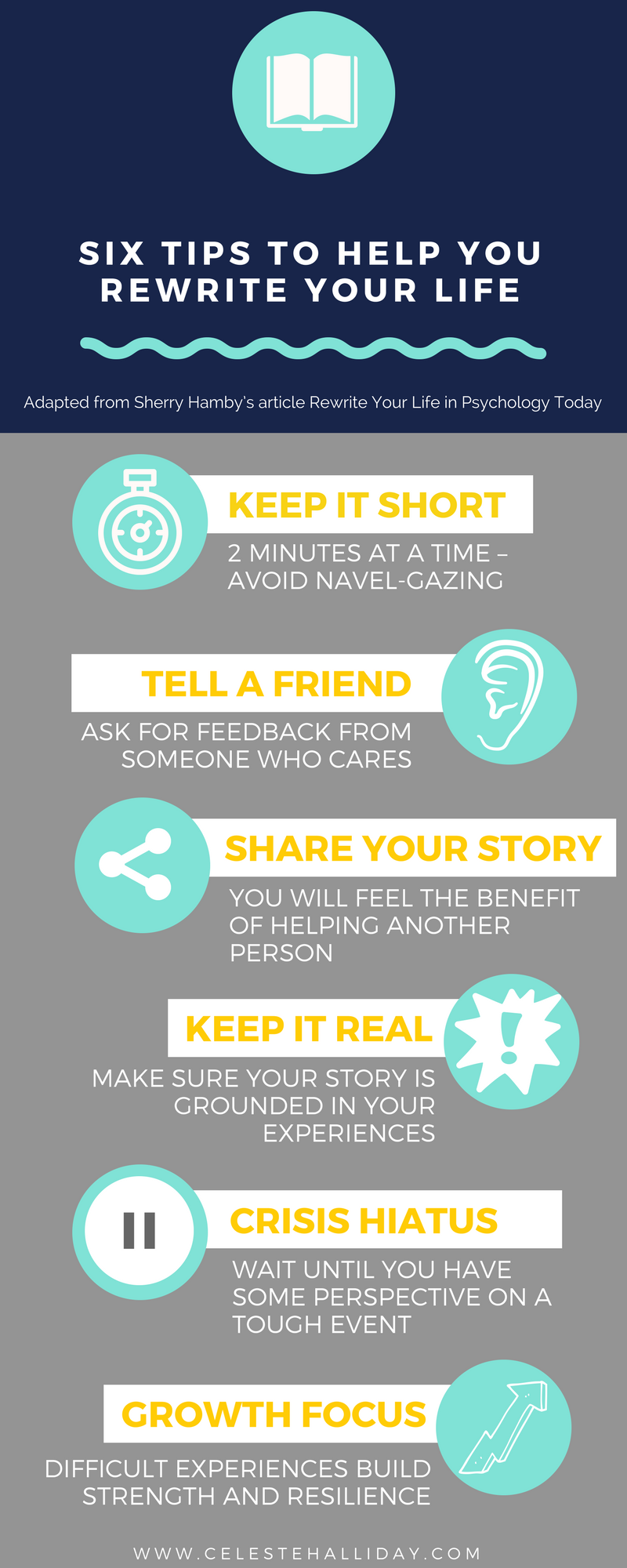This week in the final instalment of our series on ‘Emotional Agility’, I am exploring the stories we each tell ourselves and the impact they can have – either positively, or negatively – on the way we lead and the way we live.
The beginning – clean slate
We all started with a clean slate. Then, since earliest childhood, we’ve developed stories to make sense of our lives. We created these stories for good reason, to protect us and to understand the complex emotional world we found ourselves in. As Brene Brown, social researcher and author of Daring Greatly notes: “Storytelling helps us all impose order on chaos – including emotional chaos.”
This ‘narrative identity’ we create is integral to the way we live and the way we relate to others. Dan McAdams, an expert in this field, refers to it as ‘our own personal myth’. He says, “Like myths, our narrative identity contains heroes and villains that help us or hold us back, major events that determine the plot, challenges overcome and suffering we have endured. When we want people to understand us, we share our story or parts of it with them; when we want to know who another person is, we ask them to share part of their story.”
Emily Esfahani, author of The Power of Meaning: Crafting a Life That Matters, says, “We choose the stories we tell about ourselves to make us seem adventurous, or funny, or strong… And we tell these stories not only to others, but also to ourselves.”
Self-protection is a key component of the stories we construct. For example, we might decide that we are angry at someone else so that we don’t have to acknowledge and accept our feelings of disappointment with ourselves. We also construct ongoing stories to fit with the ones we created as children. This is called ‘motivated reasoning’ and refers to us seeking out agreeable information to reinforce what we already believe. Brown says: “It’s like my comfy jeans, they may not be flattering, but they are familiar.”
These stories are not necessarily based on fact. We often create a narrative when we are in pain to help us understand it. For example, we might have a story we tell ourselves at work about not being creative or having good ideas. A simple raised eyebrow or eye-roll from a colleague in response to an idea we have offered can lead to an entire story we construct about the other person and ourselves.
The middle – we get stuck
The biggest danger is when the story telling is unconscious – and most of it is.
We ascribe motives to others. We tell ourselves the same stories about ourselves and other people, instead of evolving them as we learn and grow.
On an individual level, Brown says: We keep tripping over the same issues, and after we fall, we find it hard to get back up again.” We continue to play out the same narrative in our head, and it prevents us from achieving all that we want to and are capable of.
Adams says, “By early adulthood, we’ve developed narrative scripts that we follow to predict, evaluate, respond to, and control our lives. We continue to update the narrative and refer to it for guidance when we encounter challenges: ‘How do I respond to something like this?’. If our stories tell us we are resilient, we will be. If they tell us we’re not up to the fight, we likely won’t be.”
And this is where we can get very stuck. Not just in our beliefs about ourselves, but also in our beliefs about others. Many of us live in virtual ‘echo chambers’ where our community and the media we consume reinforces what we believe, rarely challenging it. Esfahani says: “We are reinforced to think of ourselves as embodying the right values, as living in ways that are at least justified, if not superior.”
To avoid this internal conflict, many of us will avoid doing the hard work that re-writing our stories (and our beliefs) requires.
The interesting thing is we can choose – at almost any time – that we are only in the middle of our story and there is a life-changing turning point just over the next page.
Or we can choose to close a particular ‘chapter’ and start a new one. We can choose to be the hero or the villain. We can choose our values, our character, at any point in our story. Let’s face it, most of the stories we love are stories of redemption and overcoming great adversity, we can begin a new one at our choosing.
The ending – choose your own adventure
Brown spent time with Fortune 500 leaders, all skilled at recovering from setbacks, and she noted one characteristic in common: “They can recognise their own confabulations and challenge them.” I see this every day with the leaders that I coach. I see the incredible results they achieve, and the impact on their entire team, when they re-write their stories.
When we realise that it’s all just ‘stories’, we start to realise that as Lisa Lahey, author of Immunity to Change, says “Failing to achieve a specific goal in the past does not predict our ability to achieve that goal in the future.” The possibilities become endless.
Sherry Hamby, in her article Rewrite Your Life, notes that a growing body of research has shown that reviewing setbacks out loud, or on paper, “with the fresh eyes of distance can help people come to terms with who they’ve been, better envision who they want to be, and find a way to make a course correction”.
The Start is the Hardest Part
Here are some prompts to get you going:
“I am thankful for all the experiences in my life. However, what shaped me into who I am today was…”
“I will never forget the lesson I learned when…”
Think about an upsetting experience and replay it in your mind, trying to see it as an observer. Try to understand the thoughts and feelings you had.
Think about a wonderful experience you had. Write about its impact on you.
It really makes you think…What kind of leader do you want to be today? What kind of human? It’s your story to write, after all…



